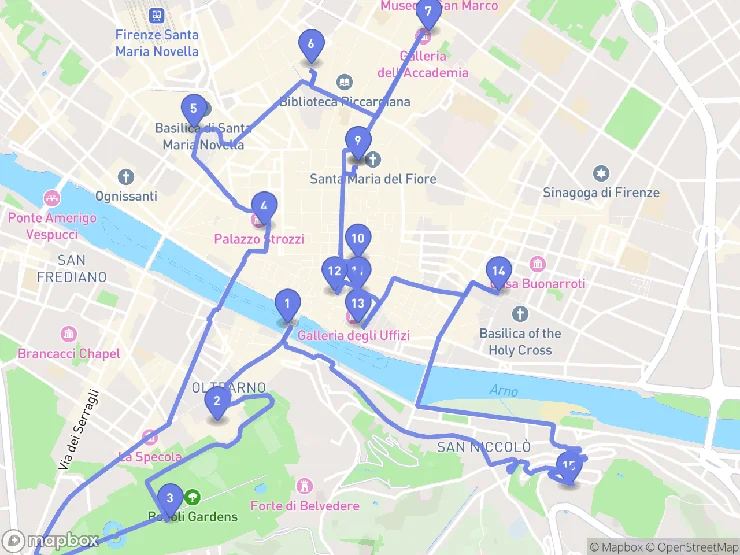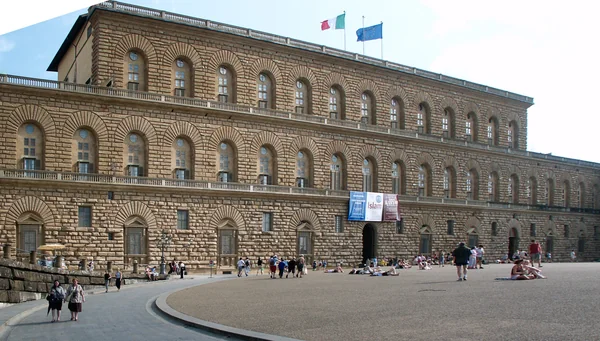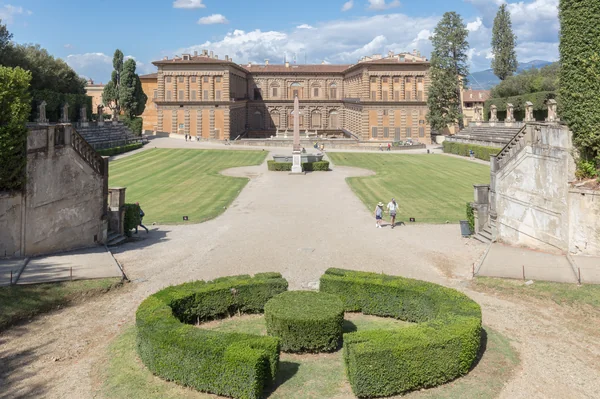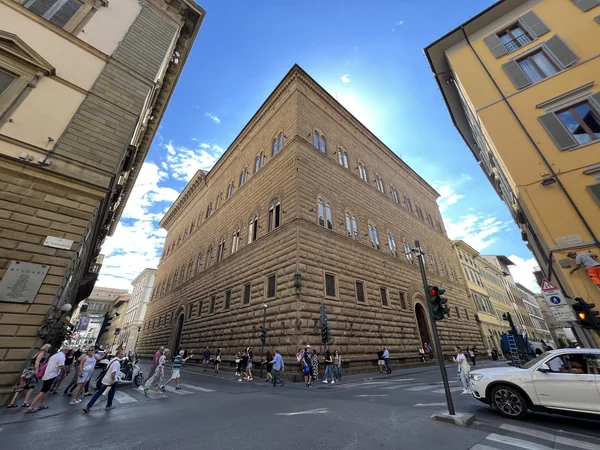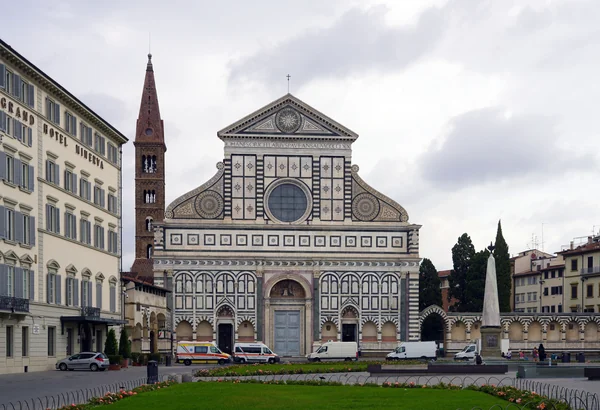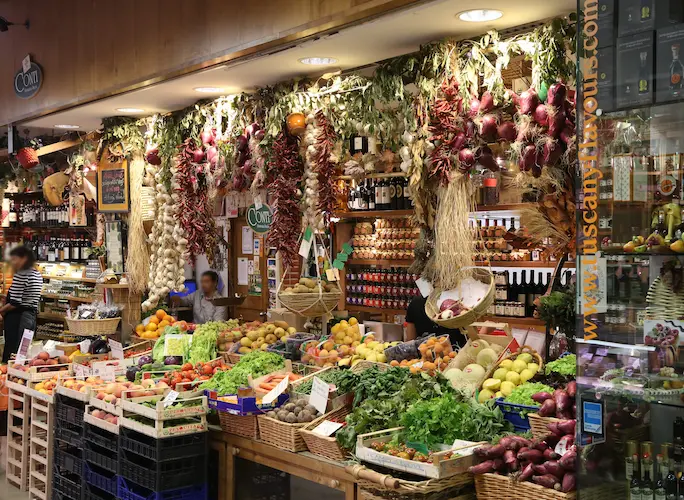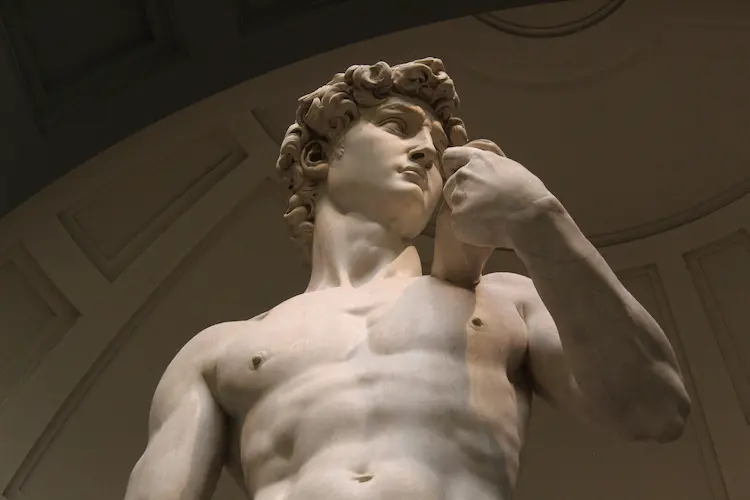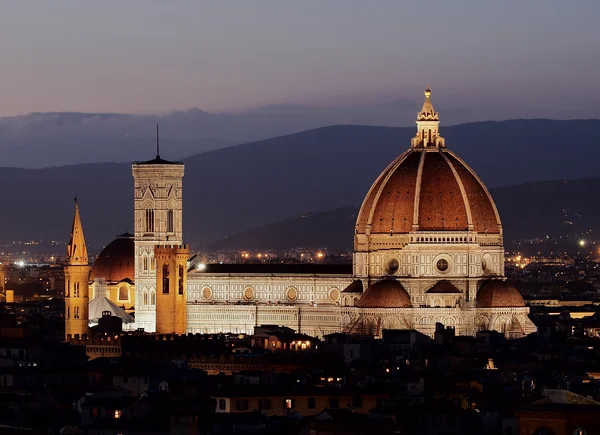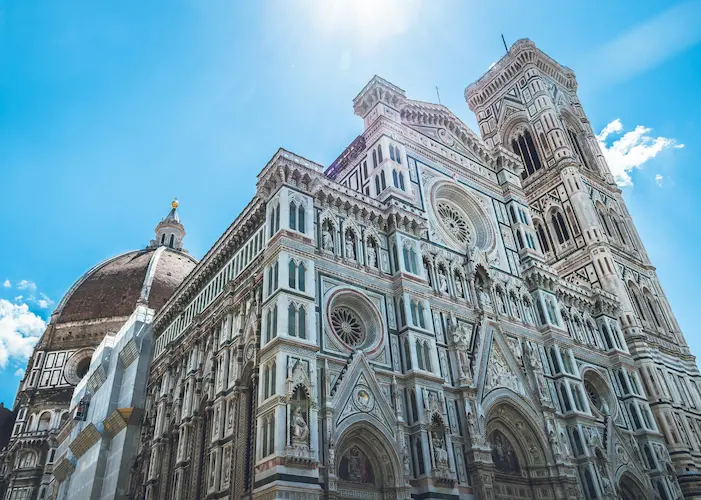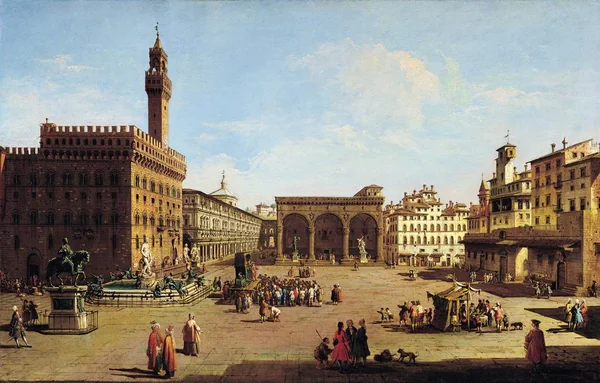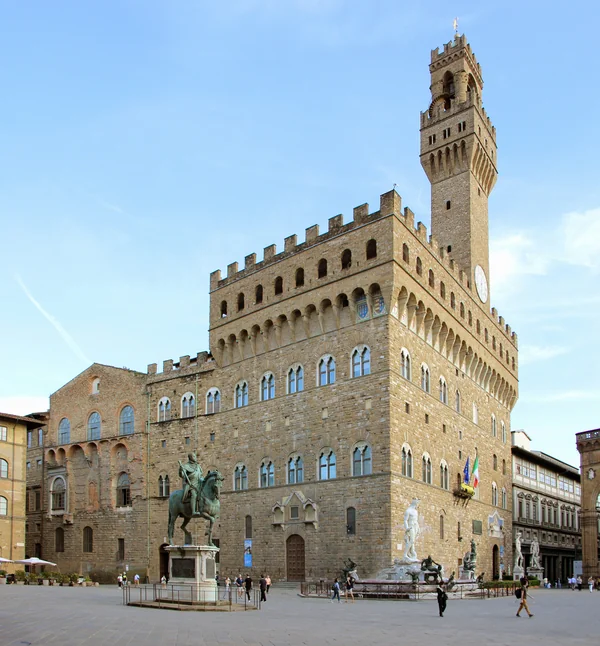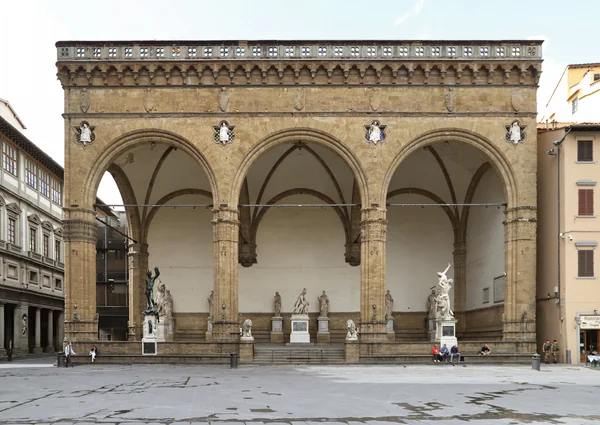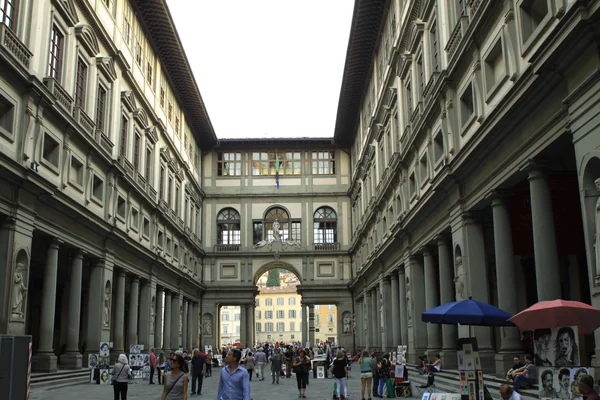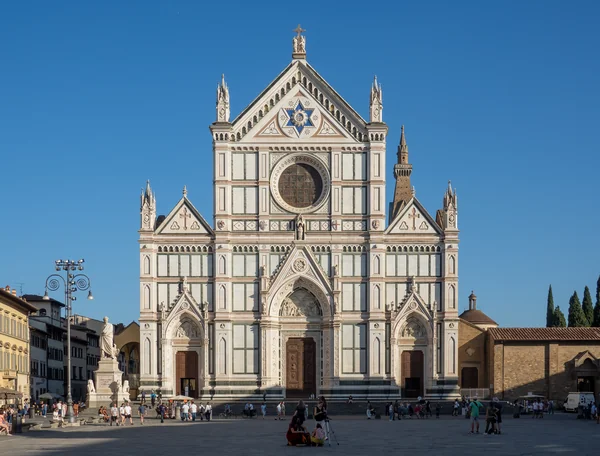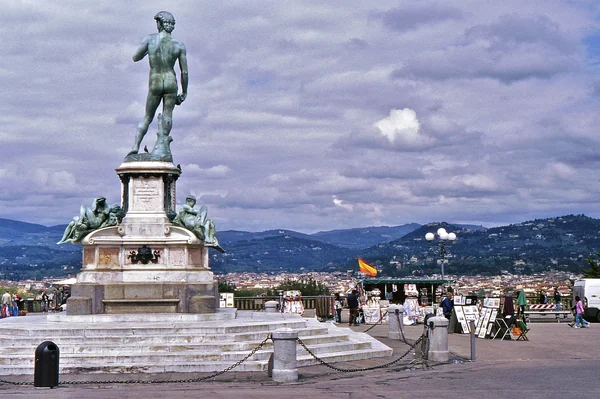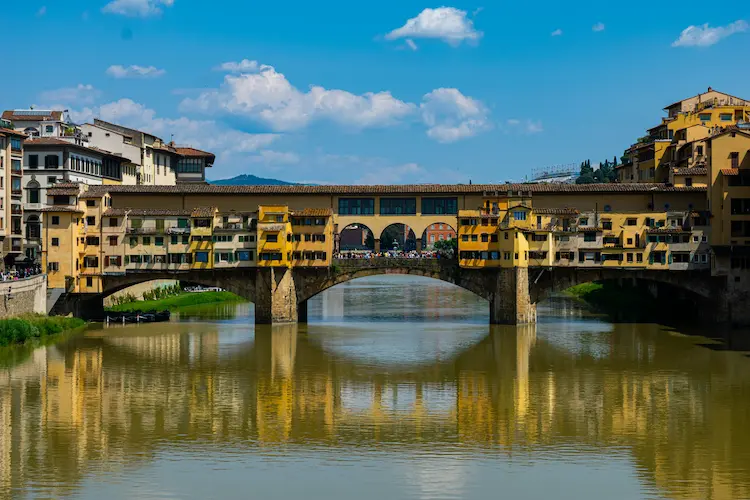
1. Ponte Vecchio
The Ponte Vecchio is far more than just a bridge—it's an architectural marvel that has withstood floods, wars, and the passage of seven centuries. Built in 1345 by Taddeo Gaddi, this medieval stone crossing represents a triumph of engineering as the first segmental arch bridge constructed in the Western world. Its three elegant spans—a 30-meter main arch flanked by two 27-meter side arches—have carried Florentines across the Arno River through every chapter of the city's tumultuous history.
What makes this bridge truly unique is its survival story and transformation. During World War II, when retreating German forces destroyed every other bridge in Florence, Hitler personally ordered the Ponte Vecchio spared, recognizing its irreplaceable historical value. The colorful shops jutting out over the water weren't always the exclusive domain of jewelers—until 1565, when the Medici Grand Duke Ferdinand I decreed that only goldsmiths and jewelers could occupy these prime locations, replacing the butchers whose waste had been polluting the river.
Today, the bridge serves as both a vital crossing and a glittering showcase of Italian craftsmanship. Above the shops runs the Vasari Corridor, a secret elevated passageway that allowed the Medici family to move between their palace and government offices without mingling with common citizens. The bridge's golden glow at sunset, reflecting off jewelry shop windows and rippling in the Arno below, creates one of Florence's most photographed and romantic scenes.
